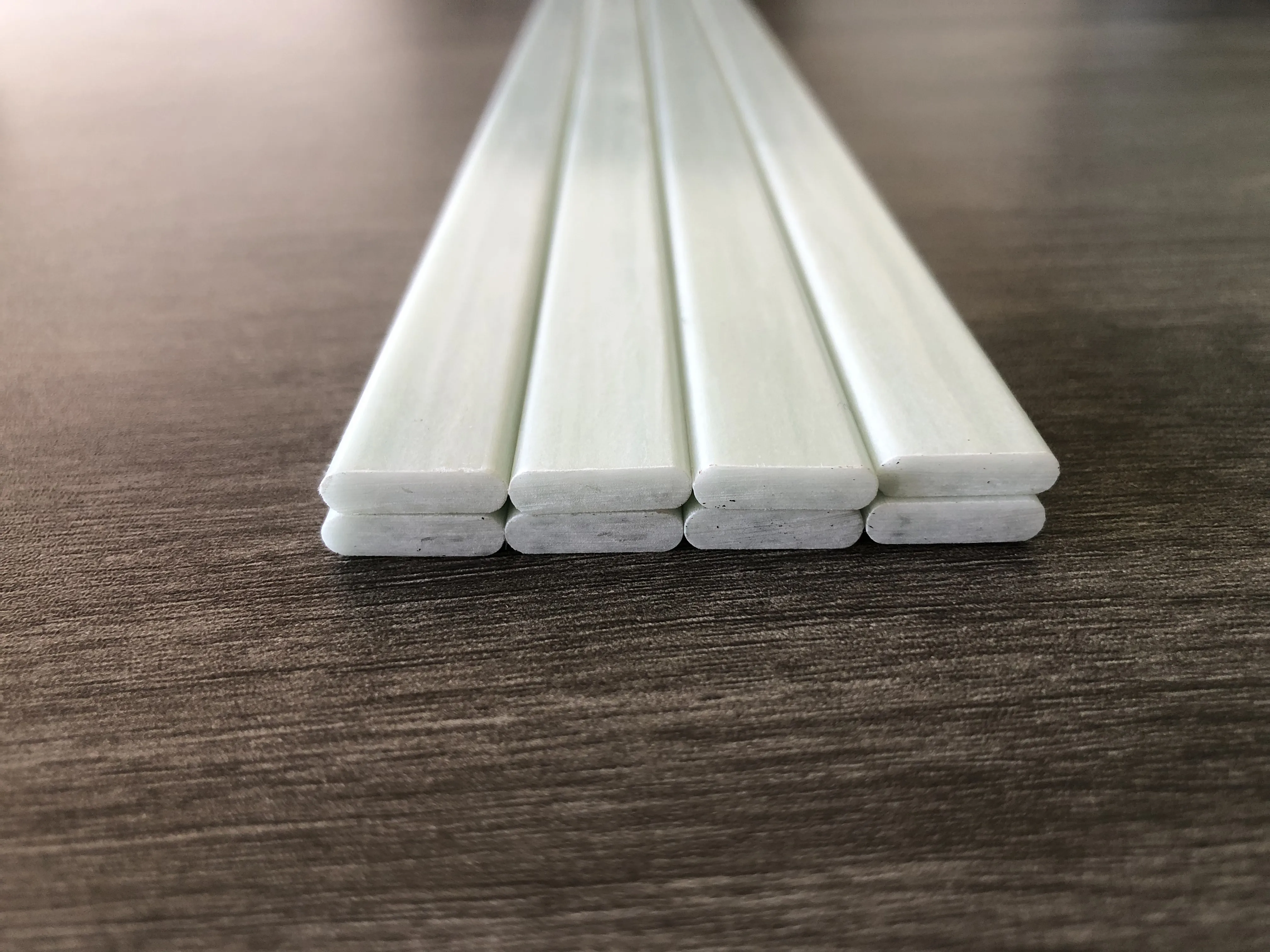loading...
- No. 9, Xingyuan South Street, Dongwaihuan Road, Zaoqiang County, Hengshui, Hebei, China
- admin@zjcomposites.com
- +86 15097380338
- Welcome to visit our website!
Exploring the Advantages of FRP Flat Bars in Modern Construction Applications
The Versatility of FRP Flat Bars
Fiber-Reinforced Polymer (FRP) is a composite material made from a polymer matrix reinforced with fibers, usually glass, carbon, or aramid. One of the most significant applications of FRP is in the form of flat bars, which have become increasingly popular across various industries due to their remarkable properties and benefits. This article will explore the uses, advantages, and future prospects of FRP flat bars.
Composition and Properties
FRP flat bars are made by combining polymer resins with reinforcing fibers. This composite structure provides several notable properties they are lightweight, strong, corrosion-resistant, and have exceptional durability. Unlike traditional materials such as steel or aluminum, FRP flat bars do not rust or corrode, which significantly extends their lifespan, especially in harsh environments such as marine or chemical processing settings. Moreover, their low thermal and electrical conductivity makes them ideal for applications where these properties are crucial.
Applications Across Industries
The versatility of FRP flat bars allows them to be used in a wide array of applications
1. Construction and Infrastructure In the construction sector, FRP flat bars are increasingly utilized for reinforcing structures, as they can be used in place of or in conjunction with steel reinforcements. Their lightweight nature makes them easier to handle and transport, while their resistance to corrosion makes them particularly suited for bridges, tunnels, and other structures exposed to moisture and chemical agents.
2. Marine Applications Due to their superior resistance to saltwater and other corrosive environments, FRP flat bars are extensively used in shipbuilding, dock construction, and other maritime applications. They help in reducing maintenance costs and improving the lifespan of marine structures, where traditional materials would suffer from corrosion.
3. Electrical and Telecommunication In the electrical sector, FRP flat bars serve as supports and frameworks for various equipment due to their non-conductive properties. They are used in applications requiring electrical insulation, making them an optimal choice for utility poles and telecommunications infrastructure.
frp flat bar

4. Aerospace and Automotive The aerospace and automotive industries appreciate FRP flat bars for their strength-to-weight ratio, which leads to lighter and more fuel-efficient designs. These materials are increasingly incorporated into components where reducing weight is essential for enhancing performance and efficiency.
5. Sports and Recreation FRP flat bars are also finding use in sporting equipment and recreational facilities. From footbridges to playgrounds, their durability and aesthetic appeal make them a popular choice for designers and engineers.
Advantages of Using FRP Flat Bars
The advantages of FRP flat bars over conventional materials are numerous. Firstly, their corrosion resistance translates into reduced maintenance costs over time. This aspect becomes especially valuable in industries where downtime for repairs can lead to significant economic losses. Secondly, the lightweight nature of FRP flat bars means easier installation and less reliance on heavy machinery for transport. This reduces labor costs and increases efficiency on job sites.
Furthermore, FRP is often manufactured in a manner that allows for molding into various shapes and sizes, offering customization that may be more challenging with traditional building materials. The aesthetic versatility of FRP also allows for a variety of finishes and appearances, making it suitable for applications where visual appeal matters.
Future Prospects
As industries continue to seek sustainable and innovative materials, the demand for FRP flat bars is expected to grow. Advances in manufacturing processes are likely to enhance their properties further and reduce costs, making them accessible for various applications. Environmental considerations are increasingly influencing material choices, and FRP’s durability and recyclability position it as an attractive option in this context.
In conclusion, FRP flat bars represent a significant advancement in material science, providing a combination of versatility, strength, and resistance that traditional materials struggle to match. As technology evolves and industries adapt to new challenges, the role of FRP flat bars will undoubtedly expand, paving the way for innovative applications and sustainable construction practices. With their multifaceted benefits, they are poised to redefine engineering and architectural standards in the years to come.
-
The Rise of FRP Profiles: Strong, Lightweight, and Built to LastNewsJul.14,2025
-
SMC Panel Tanks: A Modern Water Storage Solution for All EnvironmentsNewsJul.14,2025
-
GRP Grating: A Modern Solution for Safe and Durable Access SystemsNewsJul.14,2025
-
Galvanized Steel Water Tanks: Durable, Reliable, and Ready for UseNewsJul.14,2025
-
FRP Mini Mesh Grating: The Safer, Smarter Flooring SolutionNewsJul.14,2025
-
Exploring FRP Vessels: Durable Solutions for Modern Fluid HandlingNewsJul.14,2025
-
GRP Structures: The Future of Lightweight, High-Performance EngineeringNewsJun.20,2025
